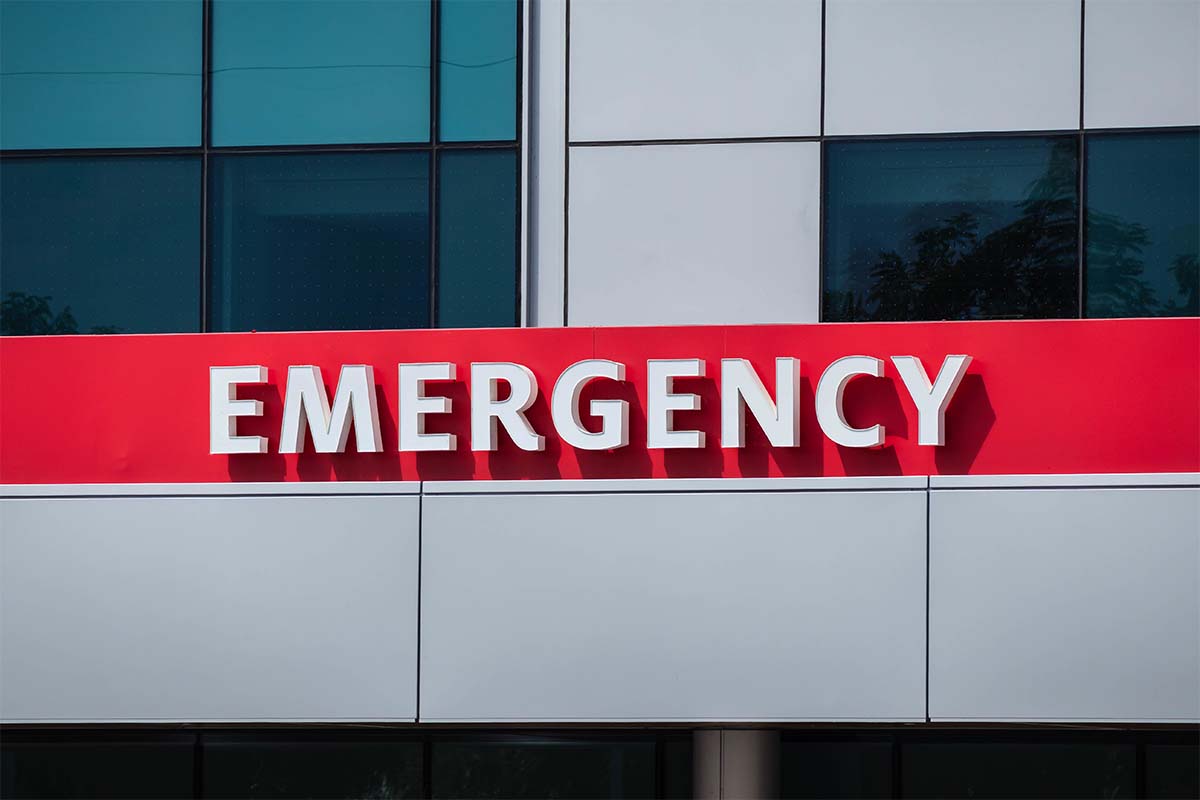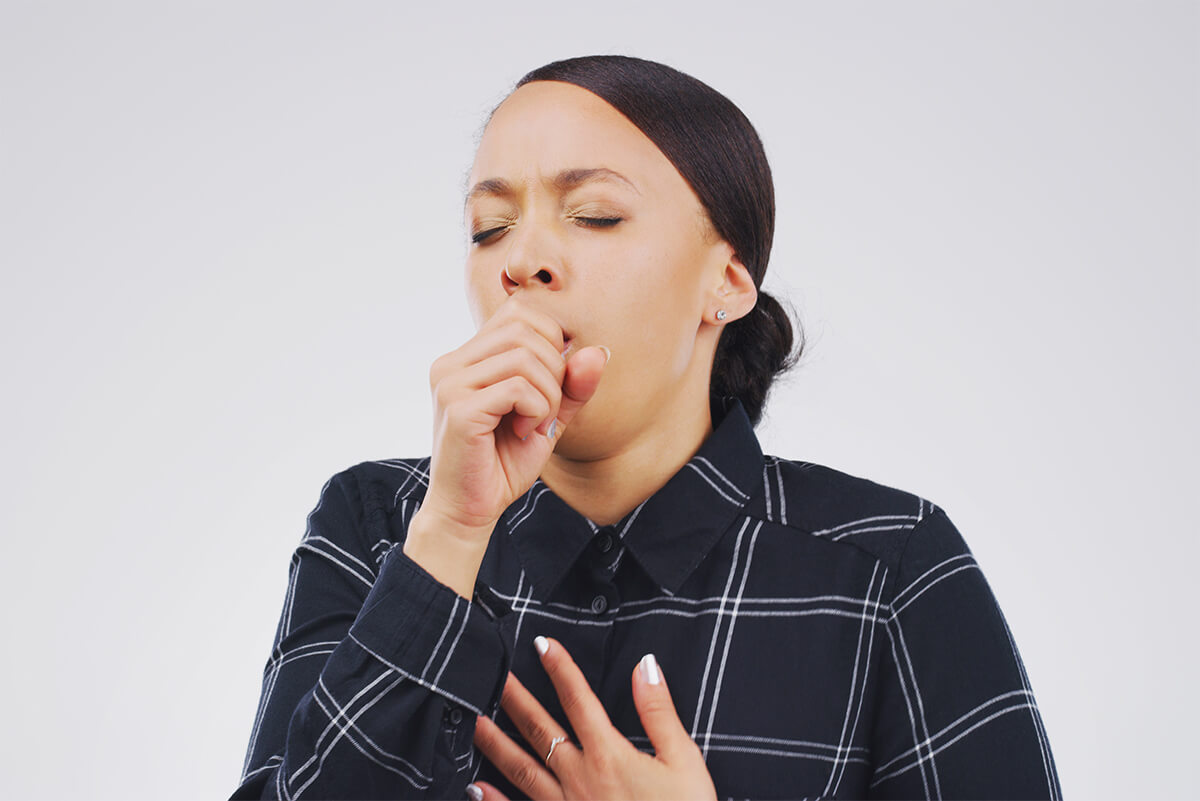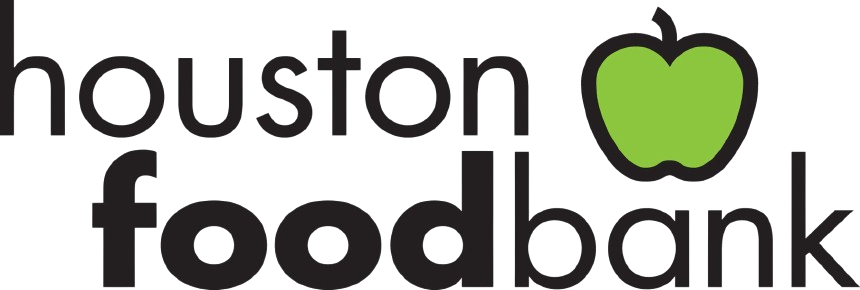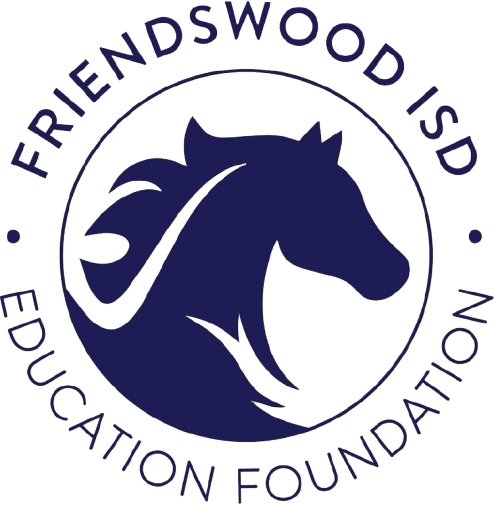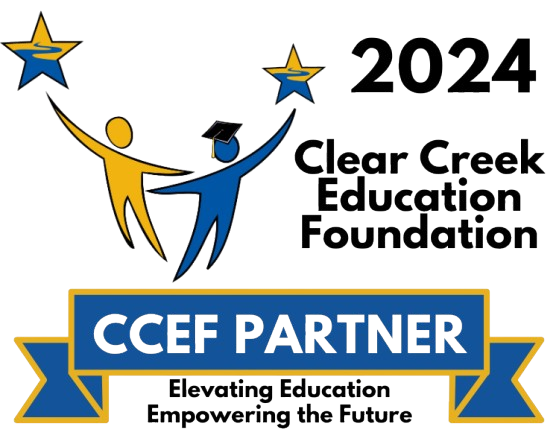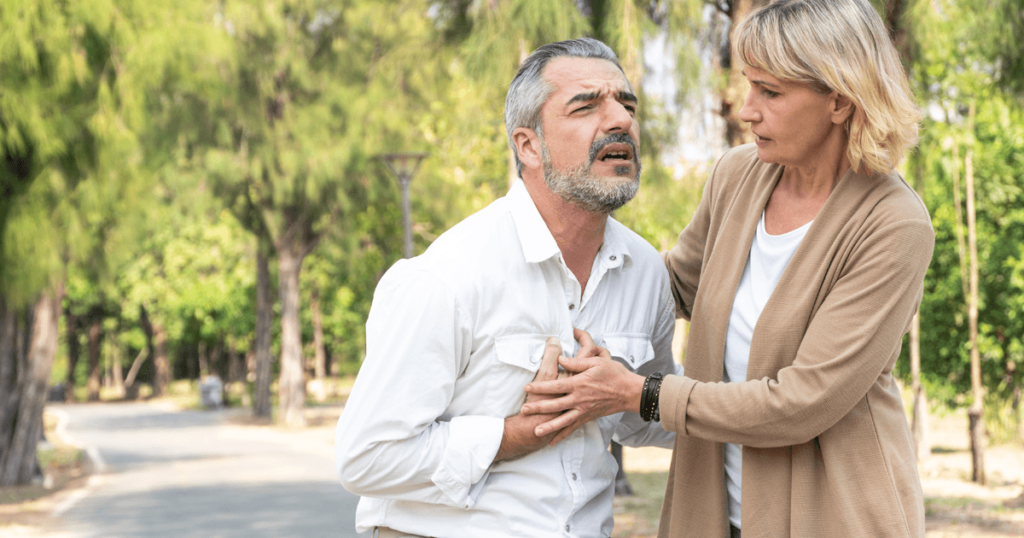
Strokes can happen suddenly, and the ability to recognize the early warning signs can significantly affect the outcome. Strokes are often perceived as medical events that only affect older individuals, but the reality is they can impact anyone, at any age. Understanding what a stroke is and how to react quickly and effectively can be lifesaving. That’s why we focus not only on prompt treatment but also on educating our community about the warning signs and proper responses to strokes.
We will explore the essential F.A.S.T. method — a simple tool to remember the major signs of a stroke. This method is vital as it emphasizes the urgency of the symptoms and the need for quick action, two concepts that are crucial in stroke management. Whether you’re a caretaker, a family member, or just an individual looking to expand your health knowledge, understanding these signs can empower you to act swiftly and confidently in a situation where every minute counts. Join us as we delve into this critical topic, aiming to keep our community safe and well-informed.
What Is a Stroke? Understanding Stroke Symptoms
A stroke occurs when the blood supply to part of your brain is interrupted or reduced, preventing brain tissue from getting oxygen and nutrients. Brain cells begin to die in minutes. It’s a medical emergency, and prompt treatment is crucial. Early action can minimize brain damage and potential complications. There are two main types of stroke: ischemic, due to lack of blood flow, and hemorrhagic, caused by bleeding. Both types lead to parts of the brain not functioning properly.
We emphasize understanding these differences not just for knowledge’s sake, but because recognizing how strokes happen plays a crucial role in recognizing their symptoms and responding effectively. Education on this topic is something we prioritize in our community outreach efforts. By knowing what’s happening during a stroke, individuals can make informed decisions about health and understand the urgency when they suspect someone might be having a stroke. This knowledge is powerful not only for the affected individual but also for those around who can act quickly to seek professional medical help.
The F.A.S.T. Method: Key Signs of a Stroke
Recognizing a stroke quickly can be assisted by remembering the F.A.S.T. method, an acronym that stands for Face drooping, Arm weakness, Speech difficulties, and Time to call emergency services. If someone’s face droops or numbs on one side when asked to smile, it could be a sign of stroke. Similarly, if one arm is weak or drops when trying to raise both arms, this could indicate a stroke. Speech difficulty is another major sign—slurring or trouble speaking are warning signs.
The last part, Time, underscores the importance of quick action. If you observe any of these symptoms, even if they disappear, it’s critical to call emergency services immediately. Time is a factor that greatly influences the effectiveness of stroke treatments, and reacting swiftly can be the difference between recovery and long-term disability. We train our teams to respond with the urgency that stroke patients require, ensuring that from the moment you reach out to us, every second counts in providing optimal care.
Immediate Actions to Take When Stroke Symptoms Appear
When witnessing or experiencing stroke symptoms, immediate action is crucial to minimize the impact and improve the recovery outcome. The first step is to call 911 without delay. Explain clearly that you suspect a stroke so that emergency responders can prepare the necessary equipment and treatment. While waiting for medical help, it’s important to keep the person calm and comfortable. Have them sit or lie down in a safe area and reassure them help is on the way.
Ensure that they are in a position where they can breathe easily, and avoid giving them food, water, or medication, as these can pose risks if swallowing ability is compromised. If the person becomes unconscious, monitor their breathing and pulse, and be prepared to perform CPR if necessary, but only if you are trained. Getting the patient to a hospital urgently where advanced care is available is vital, as professionals can administer treatments like clot-busting drugs within the golden window of the first few hours following a stroke.
Long-Term Stroke Prevention: Lifestyle and Health Tips
Reducing the risk of stroke is possible with several proactive lifestyle adjustments and health management strategies. Key measures include maintaining a well-balanced diet rich in fruits, vegetables, and whole grains while low in fats and cholesterol. Regular physical activity can help control weight, reduce blood pressure, and strengthen the cardiovascular system—all crucial factors in stroke prevention. It’s also important to manage chronic conditions, such as high blood pressure, diabetes, and high cholesterol, through consistent medical check-ups and following prescribed treatments.
Smoking and excessive alcohol consumption are significant risk factors for strokes. Quitting smoking and moderating alcohol intake can markedly decrease these risks. Additionally, educating yourself about the signs of stroke and undergoing regular medical evaluations can play a significant role in prevention. Remember, your health is in your hands, and making informed choices today can help secure a healthier future.
Recognize Stroke Signs, Take Immediate Action, and Trust Elitecare for Critical Emergency Care
Understanding what a stroke is, recognizing the signs through the F.A.S.T. method, taking immediate action, and adopting preventative lifestyle changes are all essential steps in managing and reducing the risk of stroke. At Elitecare, we are committed to providing the highest level of emergency care with a compassionate and patient-first approach.
If you or a loved one ever faces a medical crisis, know that we are here, prepared and equipped to provide the critical care needed at the crucial time. Stay safe, stay informed, and remember, we are here when you need us most.

